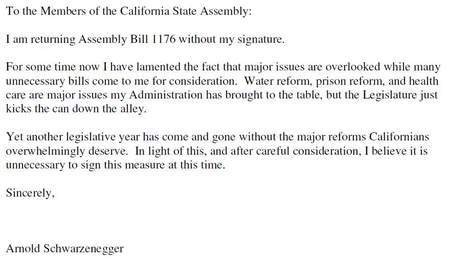The Acrostic as a Form of Bureaucratic Dissent
Hiding a message in a resignation letter is provocative—but also passive aggressive.
Hiding an acrostic message in an otherwise ordinary resignation letter isn’t exactly the boldest way to express a political view, yet it’s proven surprisingly effective.
It’s a trick that’s been tried twice in recent days. First members of the President’s Committee on the Arts and Humanities spelled out “RESIST” with the first letter of each paragraph in their joint resignation letter. Then Daniel Kammen, formerly the science envoy at the State Department, resigned in a letter that contained the acrostic “IMPEACH.”
Both letters were shared widely online, where observers seemed to find the messaging to be utterly delightful, deeply petty, or somewhere in-between. In a real-time news environment that privileges bite-sized absurdities as ultra-shareable, this kind of thing travels far and wide. Acrostics are already culturally potent. Remember: Benghazi acrostics are still a full-fledged meme, four years after the first tweet of the genre.
This isn’t just an internet thing, though. Letterplay is a typical way that government bureaucrats have fun (and seek attention). Members of Congress and their staffers use acronyms to put a spin on their legislation all the time. Sneaking an acrostic into a pro forma letter isn’t new either. Recall Arnold Schwarzenegger’s 2009 veto message, believed to be directed at an assemblyman with whom he’d sparred. The first line of each sentence in the body of then-Governor Schwarzenegger’s veto letter spelled out “FUCK YOU.”
“My goodness. What a coincidence,” Schwarzenegger’s spokesman told news outlets at the time. “I suppose when you do so many vetoes, something like this is bound to happen.” (He further noted that previous veto messages had unintentionally spelled out words such as “poet” and “soap” in acrostic form.)

It's easy to see why these sorts of things attract attention. Bureaucrats and elected officials have entire staffs devoted to writing and submitting pro forma letters. There’s an elaborate choreography to them. Any deviation from norms, then, is noteworthy—especially if it involves an epithet or appears to advocate for the impeachment of a sitting president of the United States.
Besides, so much political communication is predictable, performative, and phony—oftentimes all three at once. A glimpse into what someone really thinks can be thrilling, and doubly so when it seems designed to be subliminal.
Yet there’s something to be said for directness. Consider my personal favorite in the growing genre of surprising-messages-on-otherwise-boring-government-letterhead.
The year was 1977. Neil Abercrombie, then a state representative in Hawaii, wrote a letter to the chairman of the board of education to register his frustration about a stalled plan for a local library. Abercrombie’s letter features all the ordinary marks of its genre—the state seal, a carefully typewritten date, a formal greeting, a flourished signature, and so on. But the message itself stands out—for its brevity and its bluntness:

The letter caused a small firestorm at the time, prompting news coverage and a formal inquiry by the Hawaii House of Representatives. Abercrombie didn’t mind it. (Voters didn’t either: He went on to represent Hawaii in Congress for two decades, and was then elected governor.)
No need for plausible deniability here. Back in 1977, when his colleagues asked if he’d apologize, Abercrombie was mystified.
“Apologize for what?” he replied at the time, according to newspaper reports. “It’s the normal reaction of a red-blooded American to bureaucratic arrogance.”







